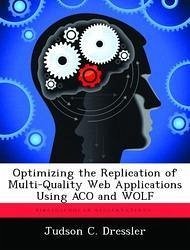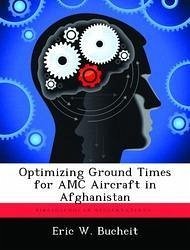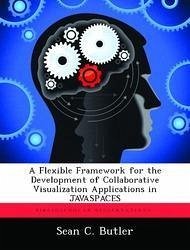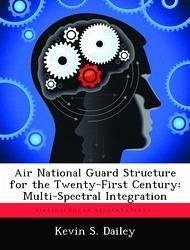Nicht lieferbar

Optimizing the Replication of Multi-Quality Web Applications Using ACO and WOLF
Versandkostenfrei!
Nicht lieferbar
Since its introduction, the Ant Colony Optimization (ACO) meta-heuristic has been successfully applied to a wide range of combinatorial problems. This thesis presents the adaptation of ACO to a new NP-hard problem involving the replication of multi-quality database-driven web applications (DAs) by a large application service provider (ASP). This problem is a special case of the generalized assignment problem (GAP) which occurs in many military contexts such as logistics planning, air crew scheduling, and communications network management. The ASP must assign DA replicas to its network of heter...
Since its introduction, the Ant Colony Optimization (ACO) meta-heuristic has been successfully applied to a wide range of combinatorial problems. This thesis presents the adaptation of ACO to a new NP-hard problem involving the replication of multi-quality database-driven web applications (DAs) by a large application service provider (ASP). This problem is a special case of the generalized assignment problem (GAP) which occurs in many military contexts such as logistics planning, air crew scheduling, and communications network management. The ASP must assign DA replicas to its network of heterogeneous servers so that user demand is satisfied at the desired quality level and replica update loads are minimized. The ACO algorithm proposed, AntDA, for solving the ASP's replication problem is novel in several respects: ants traverse a bipartite graph in both directions as they construct solutions, pheromone is used for traversing from one side of the bipartite graph to the other and back again, heuristic edge values change as ants construct solutions, and ants may sometimes produce infeasible solutions. Although experiments show that AntDA outperforms several other solution methods, there was room for improvement in the convergence rates of the ants in finding better solutions. This work has been selected by scholars as being culturally important, and is part of the knowledge base of civilization as we know it. This work was reproduced from the original artifact, and remains as true to the original work as possible. Therefore, you will see the original copyright references, library stamps (as most of these works have been housed in our most important libraries around the world), and other notations in the work. This work is in the public domain in the United States of America, and possibly other nations. Within the United States, you may freely copy and distribute this work, as no entity (individual or corporate) has a copyright on the body of the work. As a reproduction of a historical artifact, this work may contain missing or blurred pages, poor pictures, errant marks, etc. Scholars believe, and we concur, that this work is important enough to be preserved, reproduced, and made generally available to the public. We appreciate your support of the preservation process, and thank you for being an important part of keeping this knowledge alive and relevant.









